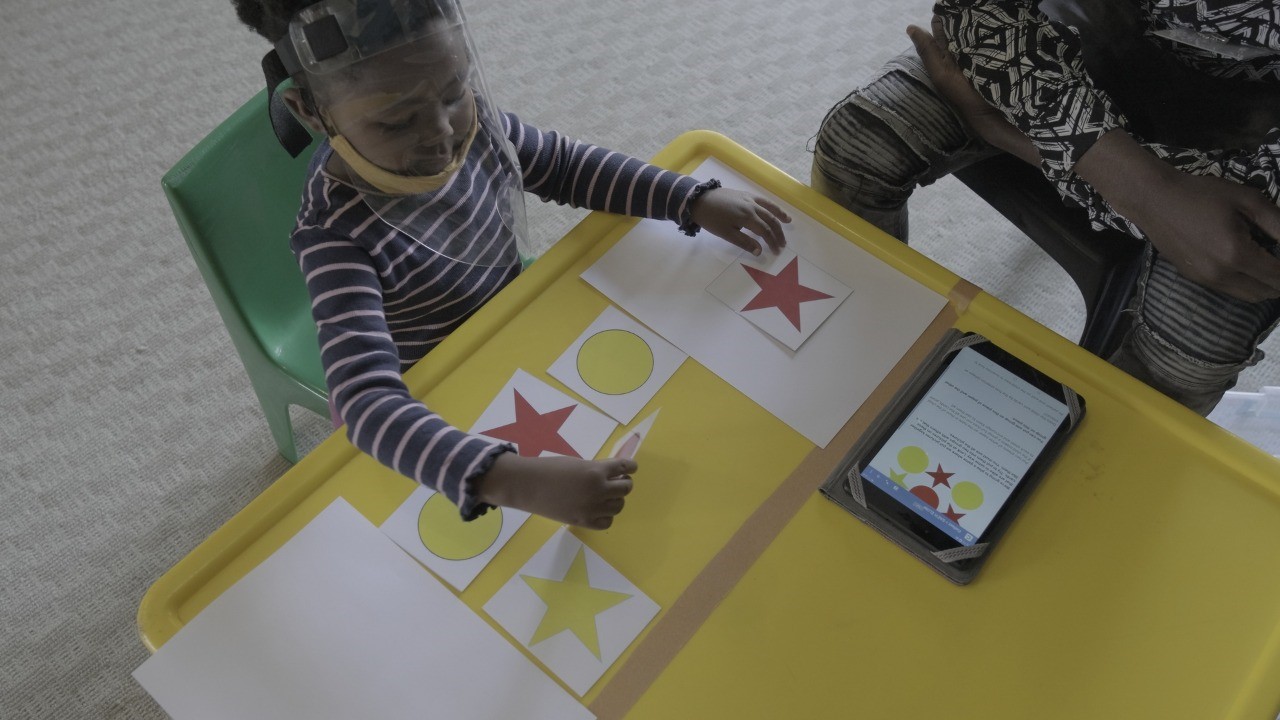A new early childhood development index has found that 65% of children in South Africa, are not thriving by the time they are 5 years old.
In a first for South Africa, the ”Thrive by Five” Index has been released after a joint collaboration by FNB and Innovation Edge, and supported by the Department of Basic Education.
Project leaders surveyed over 5000 young children attending Early Learning Programmes in all 9 provinces, and measured three key indicators in development, which are early learning, physical growth and social and emotional functioning.
The project lead for ”Thrive By Five” Sonja Giese says the implications for the future are enormous.
South Africa will not realise its development goals of eliminating income poverty and reducing inequality, without addressing the significant challenges that young children face in their earliest years. We have to tackle the injustice of unequal opportunities in early childhood.
Less than half of 4-5 year old’s are on track for learning
- The Index reports that 55% of children attending ELPs are not able to do the learning tasks expected of children their age, with 28% of children falling far behind the expected standard.
Children’s physical growth – measured as their expected height for their age – and social emotional functioning were also assessed. Both of these are important measures because they influence a child’s ability to succeed at school and beyond.
- One in four children (25.1%) showed signs of long-term malnutrition, which presents itself as stunted physical growth
- Stunted children on average perform worse at school than their non-stunted counterparts, and are more likely to be unemployed as adults.
- They are also at higher risk of getting diseases like diabetes and hypertension and are vulnerable to being trapped in intergenerational cycles of poverty.
For social emotional functioning, the Index found that 27.5% of children did not meet the standard when it came to age-appropriate social relations with peers and adults, while 33.4% were found to not be emotionally ready for school.
- Children from poor households are disadvantaged before formal schooling starts.
- The Index found that while there are instances of considerable variation in performance within income groups, on average children from poorer households are falling behind their better off peers as a result of the challenges they face in their earliest years.
- Children thrive by age five when, from birth, they experience a nurturing and safe environment, and they have access to quality healthcare and nutrition, as well as opportunities for learning – both in the home and in ELPs.
Urgent action is needed from all sectors in South Africa
- The Thrive by Five Index partnership has called for urgent collective action to decrease the performance gap between young children in the richest and poorest households at the point of entry into school; and to increase the percentage of young children in South Africa who thrive by five, setting more children up for success.
To access the full report visit: thrivebyfive.co.za
65% of 4 to 5-yr-olds are failing to thrive. So says the Thrive by Five Index initiated by FNB & @InnovationEdge1 in collab with @DBE_SA & supported by @USAIDSA & @ECDMeasure
Read more: https://t.co/JnGXQ2OmYD #thrivebyfiveSA pic.twitter.com/SToL3RPMiy— FNB South Africa (@FNBSA) April 8, 2022
"We are going back to where it all matters… Early foundations. The size of your foundations, determines the size of your house. You cannot expand if your foundations are weak." – @DBE_SA Minister Angie Motshekga #thrivebyfiveSA pic.twitter.com/d2F3xzuNvB
— Centre for ECD (@CECD_online) April 8, 2022


